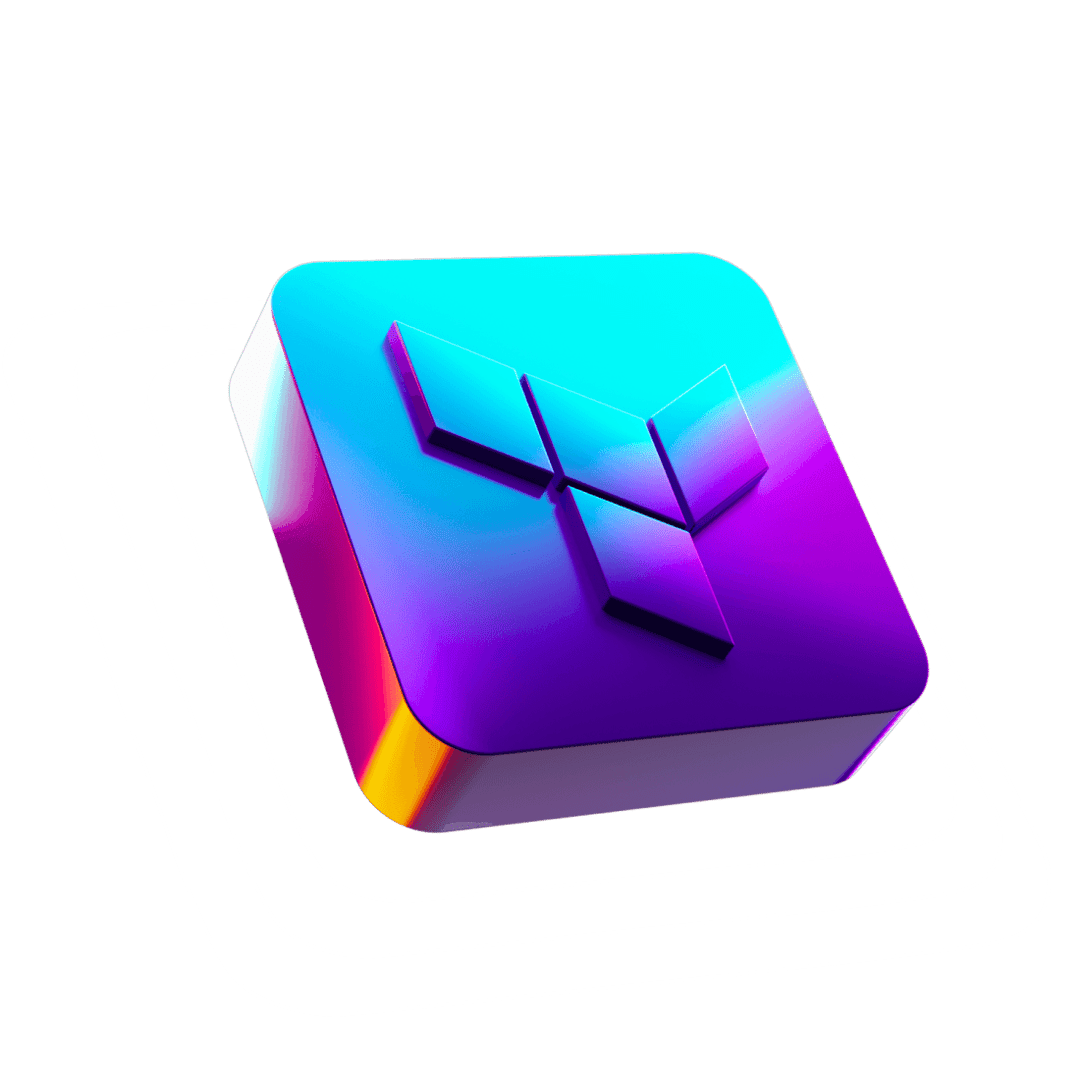Automate your deployment pipeline
A CI/CD pipeline is often triggered by a change in code, eg. a post-commit hook in git. It makes the merge process easier by offering testing, approval and deployment stages. Take this further by integrating Terraform into your workflow to provision your infrastructure, and use complementary tools like Chef, Puppet or Ansible to configure your applications.

